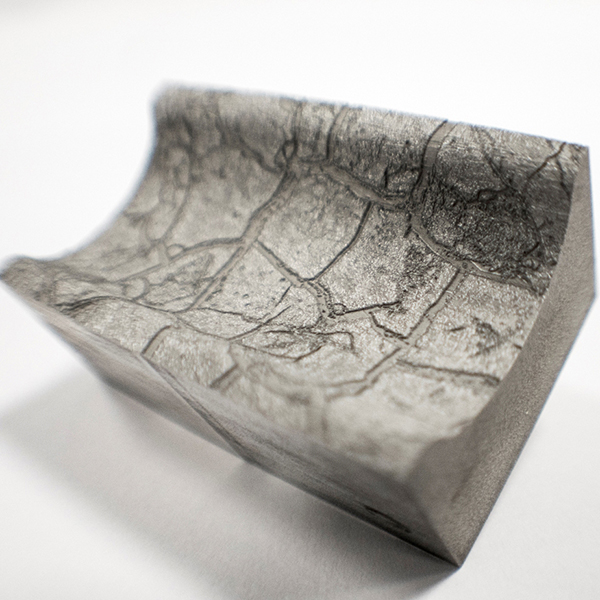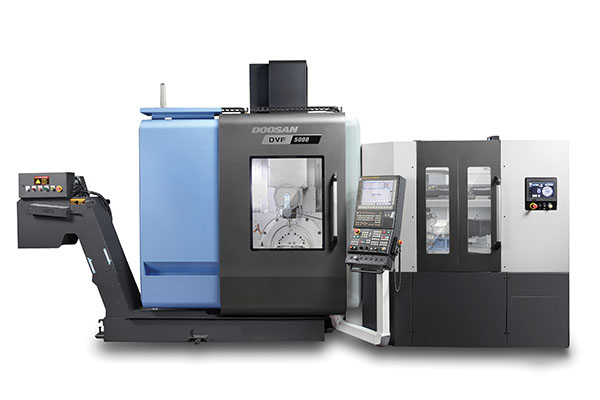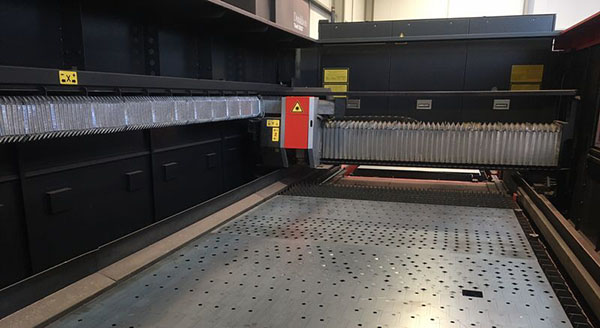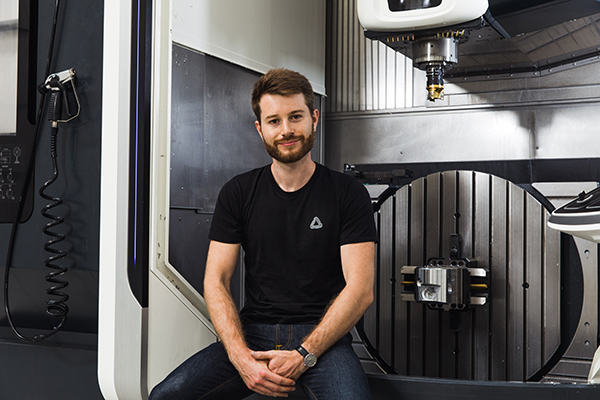
As part of the Bromford Group, Bromford Industries Ltd in Leicester is a tier one manufacturer that specialises in the IGT, power generation and aerospace sectors. As such, the company has to balance the delicacies of continuous improvement, innovation and, of course, the scrutiny of year-on-year ‘cost-down’ pressure. For this reason, the company has a long-term contract in place with MSC Industrial Supply Co.
The most recent project centred on the manufacture of an initial batch of four Inconel 718 aero-engine components for a prestigious customer using a Doosan Puma 12L turning centre. With the initial batch completed successfully against a tight deadline, MSC knew that even better results were achievable on a second batch of eight. The team recommended a switch to ceramic cutting tools for the rough turning and grooving operations.
At the start of 2020, MSC formed a relationship with ceramic tooling brand NTK, and knew that the different physical properties of ceramic tooling would yield impressive results on heat-resistant aerospace grade alloys.
“We chose to partner with MSC six years ago, and ever since they’ve been an extension to our business,” says Andrew Moore, engineering and product quality manager at Bromford Industries. “This project is one of the many ways MSC has worked with us to seek innovative opportunities for improvement; they are a supply partner who wants us to succeed as much as we do.”
After increasing the surface speed from 43 to 250 m/min and raising the feed rate from 18 to 106 mm/min, good results soon followed. Rough turning the face and diameter of the 150 mm diameter workpiece, an NTK SX9 RNGN insert not only replaced two previous carbide tools and eliminated the respective tool changeover, it also slashed cycle times from 180 minutes to 27 minutes for the roughing operation.
For further information
www.mscdirect.co.uk
























